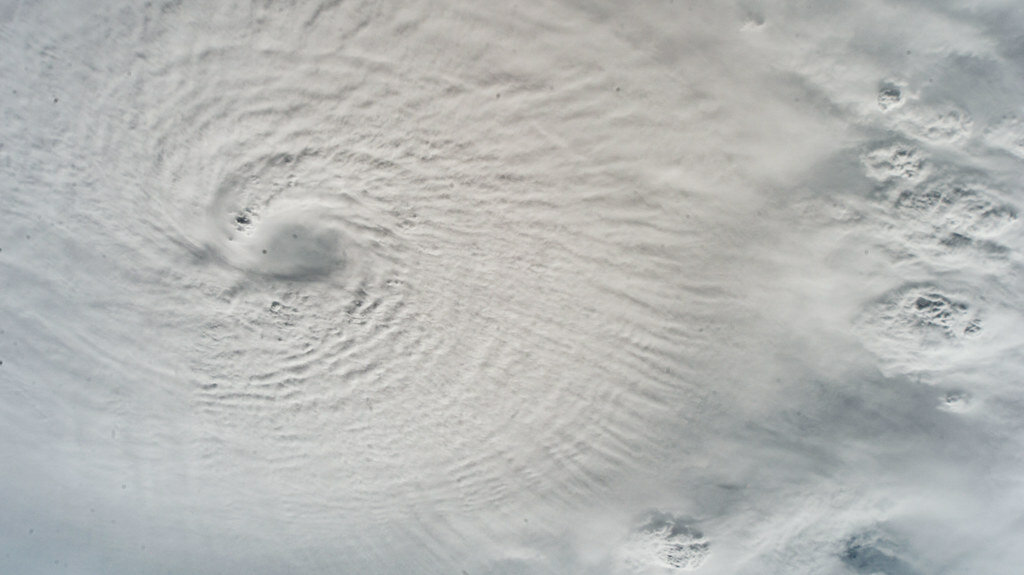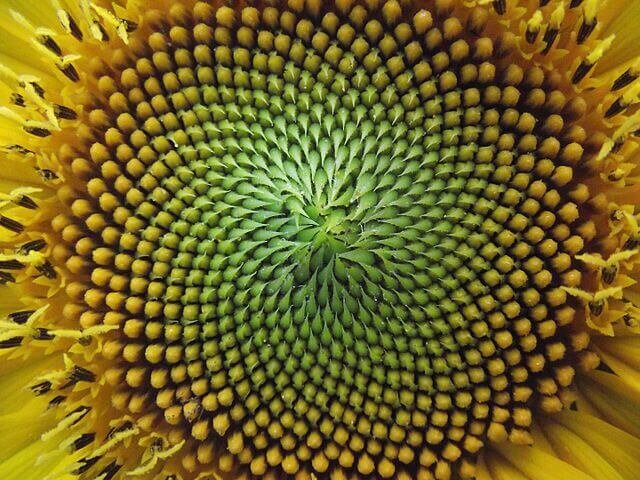Our Spiraling Universe
When I was a teenager, one of my favorite hobbies was making macrame cord necklaces following a helix spiral pattern. Decades later, I still make spiral decorative macrame necklaces. I add spiral-shaped moon snail shells that I find on the beach as pendants. Creating necklaces helps me to remain centered when the world seems to spiraling out of control.
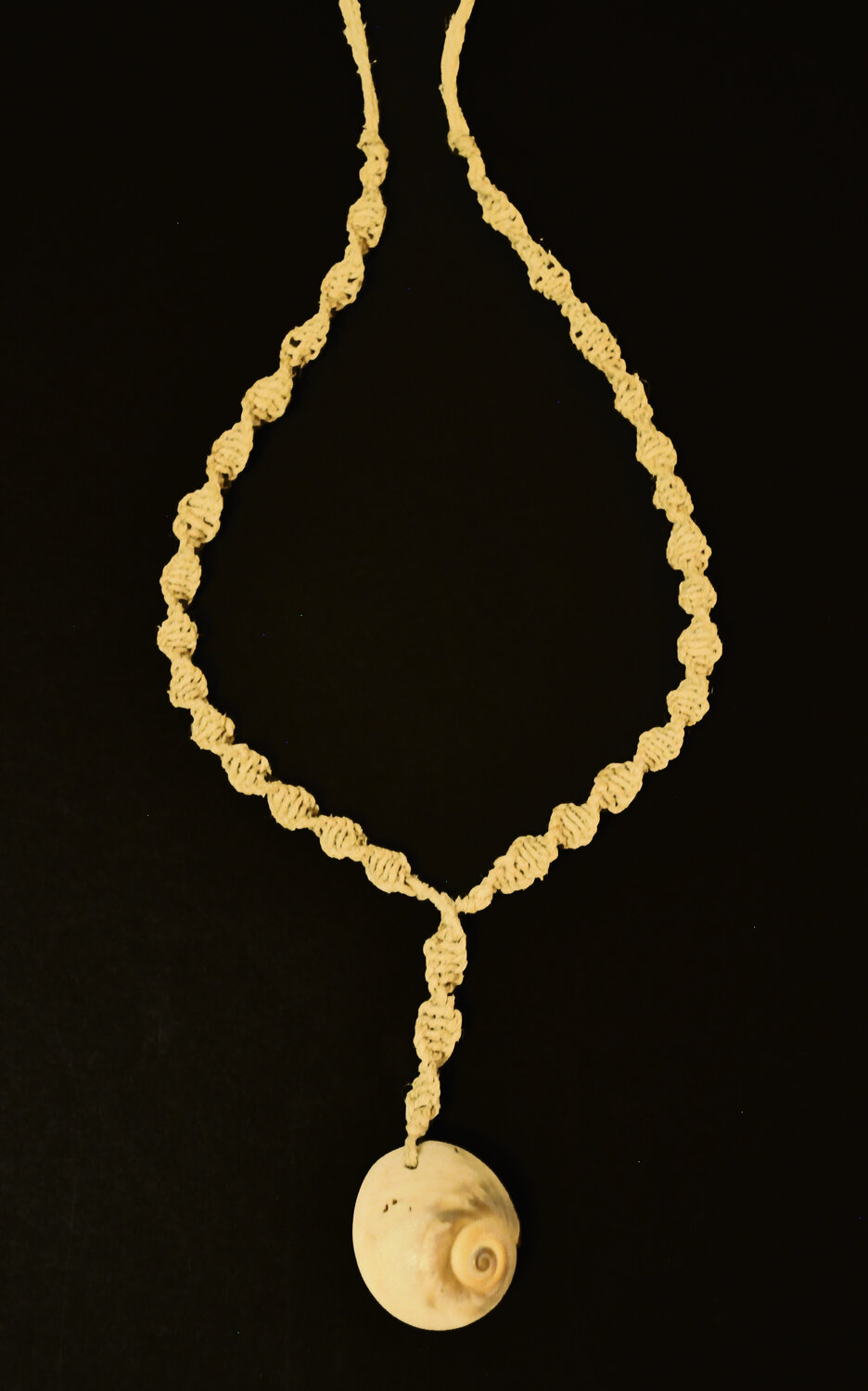
Like millions of Floridians this past week, I watched the development of Hurricane Milton evolve from a disorganized cluster of rain clouds into a highly symmetrical spiral of destruction. The form a hurricane evolves into has always intrigued me. The spinning, spiral motion of the storm can be mesmerizing, even beautiful in its own way, despite its destructive nature.
While Hurricane Milton passed over the state of Florida, I found myself thinking about spiral shapes as I made a necklace to pass the time. Curiosity got the best of me, as it often does, and down the proverbial rabbit hole I spiraled. What I discovered was quite fascinating.
Spirals appear throughout the universe and form the shape of galaxies, embryos, whirlpools, shells, hurricanes, flowers and more. All spirals have a similar structure. They contain well-defined arms that circle outwards from the center.
There are three main types of spirals. Coiled snakes, ropes and labyrinthine paths are Archimedean spirals where the distance between coils remains constant.
The way a climbing vine wraps around a tree branch and the dance of double strands of DNA are examples of helix spiral configurations. This is the configuration I like to use when weaving cord together for a necklace.
Logarithmic spirals or equiangular spirals have an equal distance between each coil. Think of what happens when smoke meets air. The cool air forces the hot smoke to turn over and over, resulting in spinning, rhythmic, graceful whorls.
Mathematically, a spiral is a line that grows from a center, continuously. In 1202, Italian mathematician “Fibonacci” (Leonardo Pisano) understood there is a relatively simple set of numbers that touch on almost every aspect of the natural world. Today, we refer to this mathematical formula as the Fibonacci rule or the golden ratio. The formula is simply the sum of the two preceding numbers it follows. Here is an example:
0 + 1 = 1
1 + 1 = 2
1 + 2 = 3
2 + 3 = 5
3 + 5 = 8
5 + 8 = 13
8 + 13 = 21
13 + 21 = 34
21 + 34 = 55 …
The golden ratio turns up in bracts of pinecones, in the branches of trees, and in the swirls of cauliflower florets, from the smallest of snails to the grandest of galaxies, according to Dr. Kate Spalding in her essay “Why does The Fibonacci Sequence Appear So Frequently in Nature?”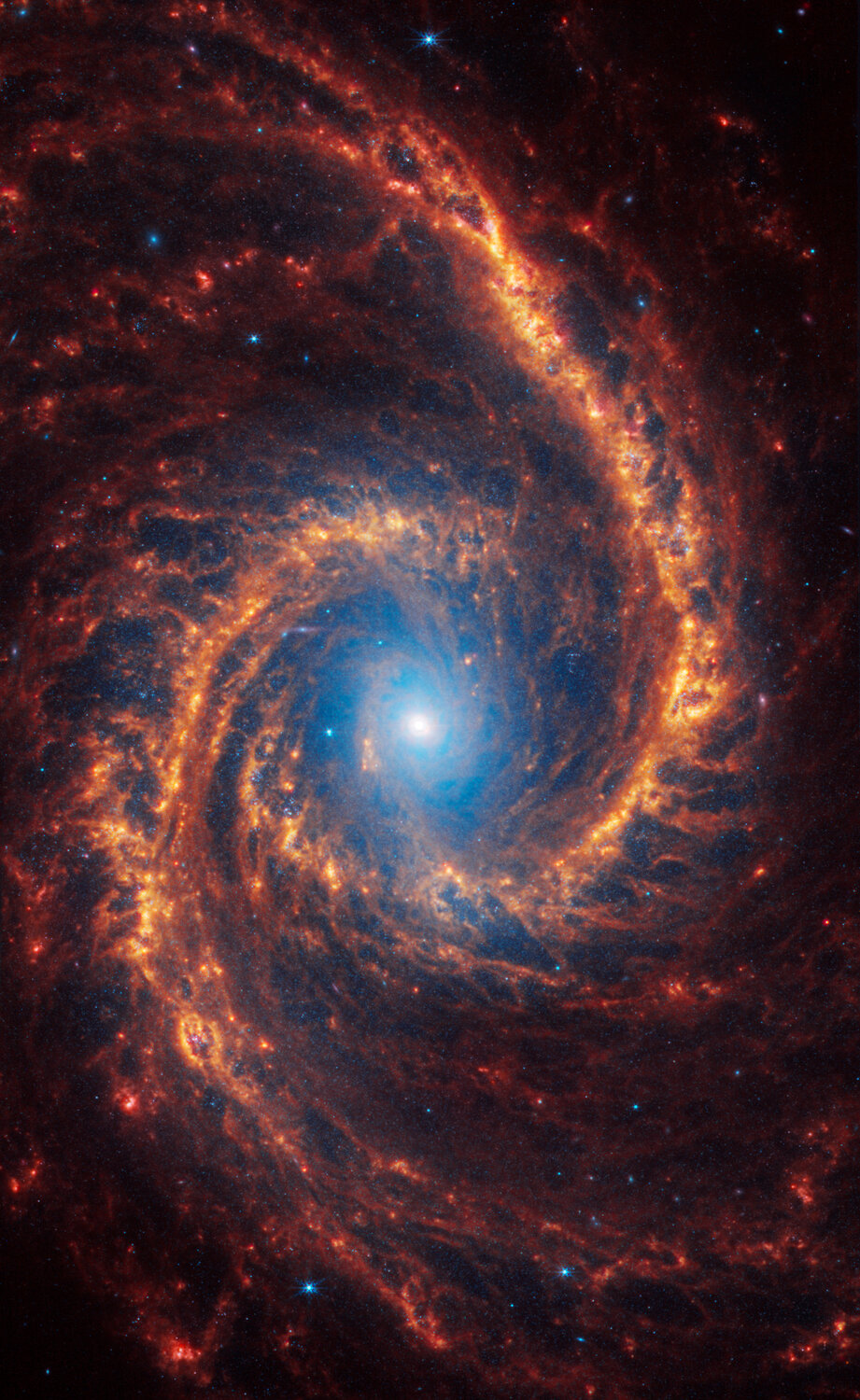
Why is this sequence of numbers so important in nature, anyway, one might ask? Astrophysicist Ethan Siegel shares with us that the Fibonacci code makes perfect sense for an evolutionary reason. Think about it this way:
“A plant’s energy comes from the sun, so its goal as it grows is to maximize its leaves’ exposure to the sunlight. The obvious way to do that is to make sure new leaves grow a little way round the stem from the previous one – but how far round should it go? Halfway round won’t do; by the time you grow a third leaf, it will be directly underneath the first one, and it won’t be able to see the sun. The same is true for a third, or a quarter, or a fifth of the way around. If you keep putting out leaves at the key angle… relative to the prior leaf patterns, you will wind up forming a Fibonacci spiral. This same mathematical property, encoded into pineapples, pinecones, and more explains why biological organisms often display numbers found in the Fibonacci sequence.”
Fibonacci numbers represent nature’s algorithm — perfectly evolved for biological processes. However, as Dr. Spaulding points out, “There are many shapes that occur from purely physical, non-biological processes in nature — from whirlpools and vortices that form in bodies of water to the aerial shapes of hurricane clouds — none of these spirals are Fibonacci-like when it comes to the actual mathematical details of their structure on a sustained basis.”
Consider that hurricanes initially develop following the Fibonacci sequence. They contain the “eye of the storm” a center of balance. However, eventually the hurricane grows out of balance, breaking the code. This occurs when the storm collides or merges with other energic forces like cold air or land masses and lose strength.
Spirals appear worldwide in art, music, poetry, religion, dreams, folktales, and mythology. Spirals are cosmic symbols that can spin outward to expand to the heavens or inward to return to Earth. It is no wonder we are captivated by spirals; they are the most widespread shape in the natural world.
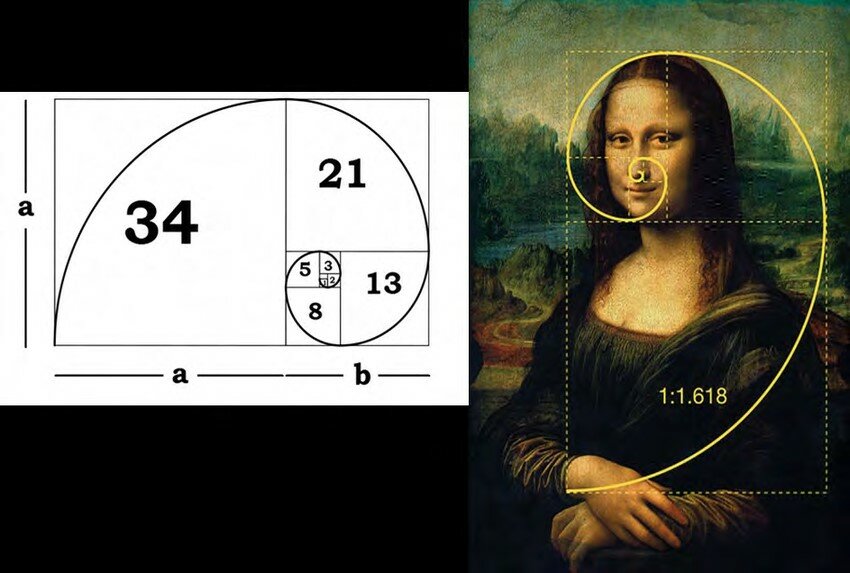
When the next storm summons up the energies of change in life, whether it be physical or emotional, you will find me weaving cord into spiral shapes and creating necklaces. This simple act helps me maintain balance and keeps my mind from spinning out of control amid the chaos of a spiraling storm.

